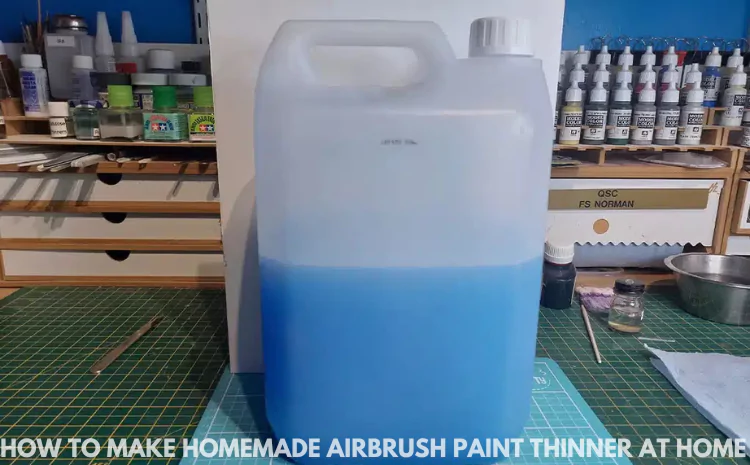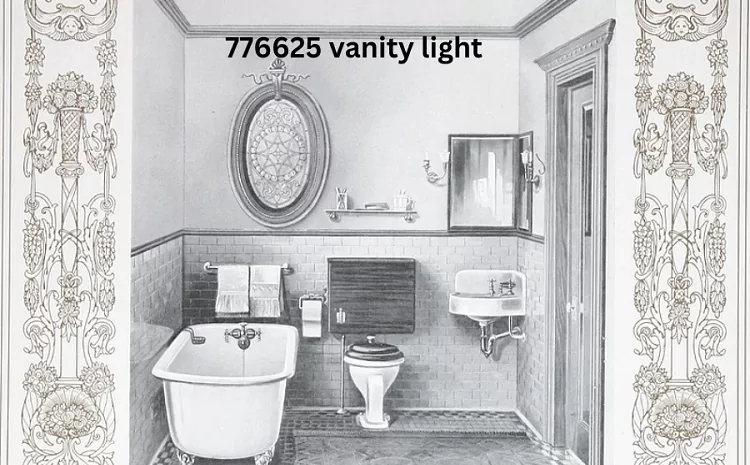Using an airbrush can give your painting projects a smooth and professional finish. But to achieve the right paint consistency for your airbrush, you’ll need a paint thinner that helps your paint flow easily through the nozzle. If you’re looking to save money or simply want a homemade option, making airbrush paint thinner at home is easier than you might think. Here’s a step-by-step guide on how to make your own homemade airbrush paint thinner.
Key Takeaways
- Making homemade airbrush paint thinner is easy and affordable.
- Using the right mix of distilled water and isopropyl alcohol can create a smooth consistency.
- This homemade thinner works well with acrylic paint for airbrushing.
Why Make Your Own Airbrush Paint Thinner?
Creating a homemade airbrush paint thinner allows you to control the ingredients, which can be especially helpful if you’re using specific types of paint, like acrylic paint. Many artists prefer homemade solutions to avoid harsh chemicals and ensure a safe, low-cost alternative that performs just as well as store-bought thinners.
Homemade thinners work best with acrylic paints since they are water-based and mix easily with a distilled water and isopropyl alcohol combination.
Ingredients for Homemade Airbrush Paint Thinner
For a simple and effective airbrush paint thinner recipe, you only need three ingredients:
- Distilled Water – 70% of the mixture
- Isopropyl Alcohol (90% or higher) – 30% of the mixture
- Flow Improver or a few drops of dish soap (optional)
The distilled water provides a base, while the isopropyl alcohol helps with drying and smooth flow. Adding a few drops of flow improver or dish soap can further enhance the mixture by reducing paint clumping.
Step-by-Step Guide to Making Airbrush Paint Thinner
Follow these steps to make your own airbrush paint thinner at home:
Measure the Ingredients
Start by measuring the ingredients according to the ratio in the table above. For example, if you’re making 100 ml of thinner, you’ll need 70 ml of distilled water and 30 ml of isopropyl alcohol.
Mix the Ingredients
In a small, clean container, mix the distilled water and isopropyl alcohol together. Stir gently to ensure they blend well. Avoid shaking the mixture, as this can create unwanted bubbles.
Add Optional Flow Improver
If you have a flow improver or dish soap on hand, add 1-2 drops into the mixture. This will help prevent clumping when the acrylic paint is sprayed through your airbrush.
Store in a Sealed Container
Pour your homemade airbrush paint thinner into a sealed bottle for storage. Be sure to label it so you can use it whenever needed.
Tips for Using Homemade Airbrush Paint Thinner
Using the right paint-to-thinner ratio is key when using an airbrush. Here are some tips for getting the best results:
- Test the mixture: Try different ratios of paint to thinner to see what works best with your airbrush.
- Thin gradually: Start by adding small amounts of thinner to the paint until you reach the desired consistency.
- Use a dropper: This helps you add the thinner in controlled amounts, making it easier to find the perfect mix.
Suggested Ratios for Acrylic Paint and Thinner
For acrylic paint, the right ratio can vary, but a common rule is to start with 50% paint to 50% thinner. Adjust as needed until your airbrush flows smoothly.
Benefits of Making Your Own Airbrush Paint Thinner
Making your own paint thinner at home offers several benefits:
- Cost-effective: It’s cheaper than buying pre-made thinners.
- Control over ingredients: You can adjust the distilled water and isopropyl alcohol ratios to suit your needs.
- No harsh chemicals: This DIY thinner is gentler on your airbrush equipment compared to some store-bought options.
With these benefits, making a homemade airbrush paint thinner is a practical choice for artists and hobbyists alike.
Conclusion
- Distilled water and isopropyl alcohol make an effective airbrush paint thinner.
- Start with a 70/30 ratio and adjust as needed.
- Flow improver can help create a smooth finish with acrylic paint.
Using this guide, you’ll have a reliable homemade airbrush paint thinner for all your airbrush projects. By following these steps, you can mix your own thinner, adjust it for your needs, and achieve a smooth, consistent spray every time.





